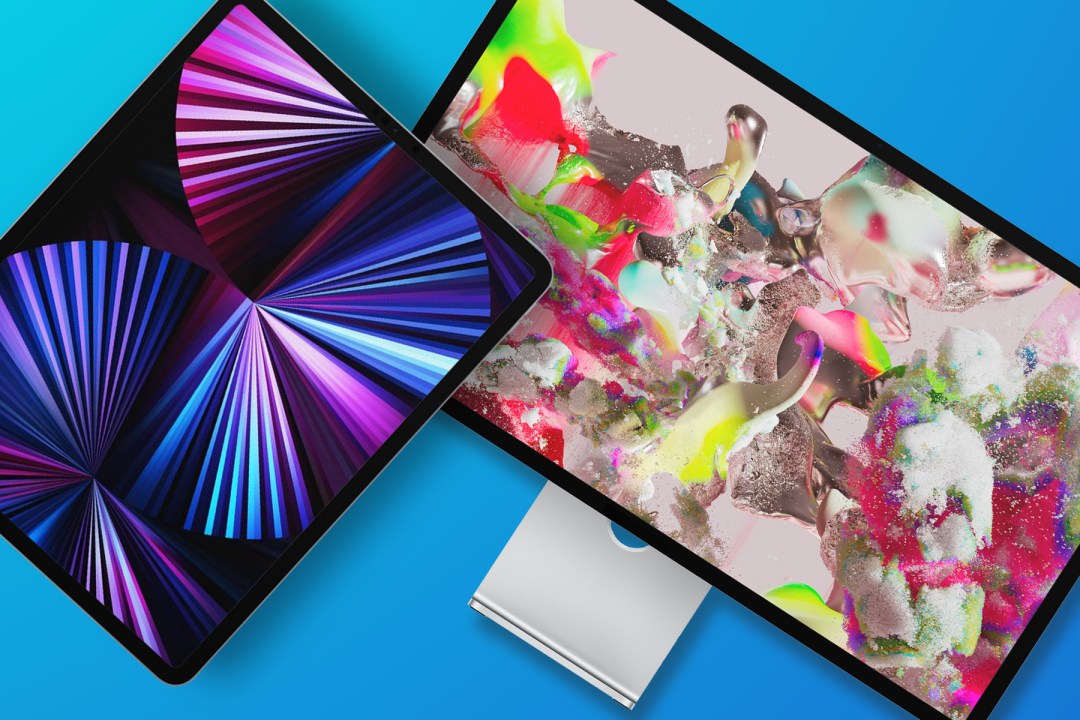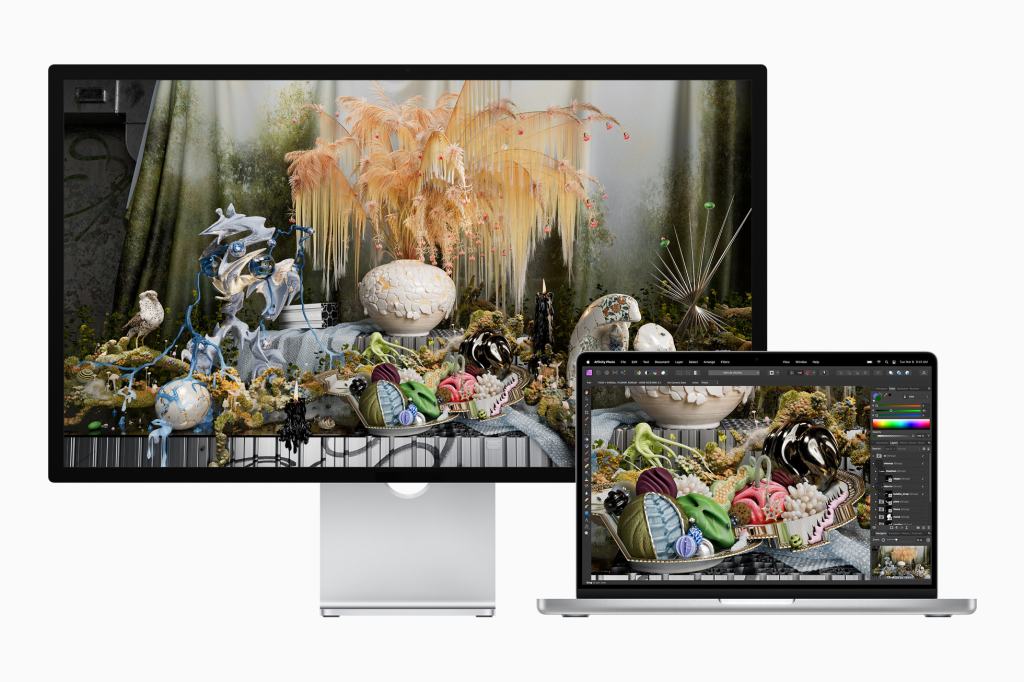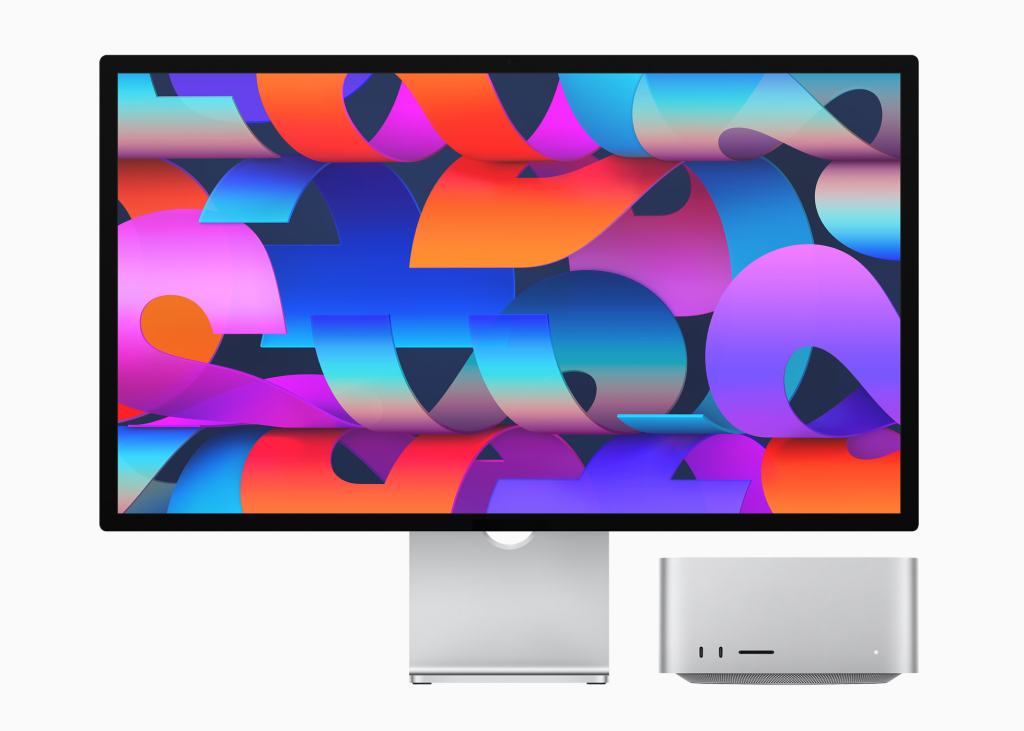The Apple Studio Display looks great – now make it work properly with my iPad Pro
Pro no-go woe: why Apple's new display needs to work with iPadOS, too

In 2019, Apple released the most Apple display ever, the Pro Display XDR. The thing was gorgeous and looked like it had beamed in from the future. But at £4599, buying one meant it would beam out most of your savings.
Apple fans long hoped the company would add a more affordable entry to its line-up, by sawing the chin off of an iMac and selling what was left. Three years of secret shenanigans later, that’s more or less what Apple did: at the March 2022 Apple event, the company unveiled its shiny new Studio Display. (Admittedly, there was probably less sawing during development and a mite more careful industrial designing.)
On the outside, it’s like a refined take on the 24in iMac. On the inside is a raft of goodies: a 27in screen, like the (now canned) 27in iMac’s, but brighter; a six-speaker system that supports spatial audio; three mics so everyone can hear you on those endless Zoom calls you’re now resigned to join for the rest of your working life; a 12MP ultra-wide camera with Centre Stage, so you cannot escape said Zoom calls because your camera tracks your every move.
Perfect, right? Well, no. And that’s because Apple said this display was all about “delivering that integrated experience Mac users love”.

Hang on, you might argue: surely that’s a good thing? Sure, but iPad Pro users love integrated experiences too, and long-time advocates of Apple’s flagship tablet have for years used it for increasingly ambitious and immersive tasks. Apple, though, stubbornly refuses to let the iPad Pro take the next logical step: also being a desktop.
That might sound odd, but the iPad Pro is already chameleonic. Regular users will know it’s a first-rate tablet. Twinned with Apple’s Magic Keyboard for iPad, it’s a solid laptop alternative. However, Apple slams on the brakes if you want to use your iPad with an external display.
Note that you can connect one, but you’re then lumbered with the iPad Pro’s mirroring mode. Rather than apps filling the screen, you see massive black bars left and right, as if the tablet’s willing the display to return to an era of 4:3 CRT TVs. In short, it’s a bit rubbish.
It’s also avoidable. Apple could change this if it chose to. The arrival of the new Studio Display would have been the perfect moment, ushering in responsive iPad apps that could instantly target any screen size. Such a minor revolution would also deftly deal with apps not fully filling the screens of new iPads with distinct aspect ratios, such as last year’s 6th-gen iPad mini.

Apple resists because it wants you to buy specific hardware for specific tasks, despite simultaneously pushing the iPad Pro as a device capable of enabling limitless creativity. It doesn’t want you to have an iPad replace a Mac, because it wants you to buy an iPad and a Mac, and run iPad apps on the latter, or drag iPad documents to it using Universal Control.
But this all feels cynical and wasteful in an era where we’re supposed to make better use of resources; furthermore, it does a disservice to M1-equipped iPads (now including the latest iPad Air), along with robbing users of the ergonomic benefits of using an iPad in a computing set-up that won’t make their backs scream.
So while folks gripe about Apple screens still having bezels, let’s hope Apple starts spending time eradicating black borders within the usable screen area, which are far more important to do away with. Perhaps the company will this year ‘think different’ about all this – and we’ll know that’s the case if at Apple’s developer conference in June (WWDC 2022) we get superior external display support for iPadOS. Don’t hold your breath though.


